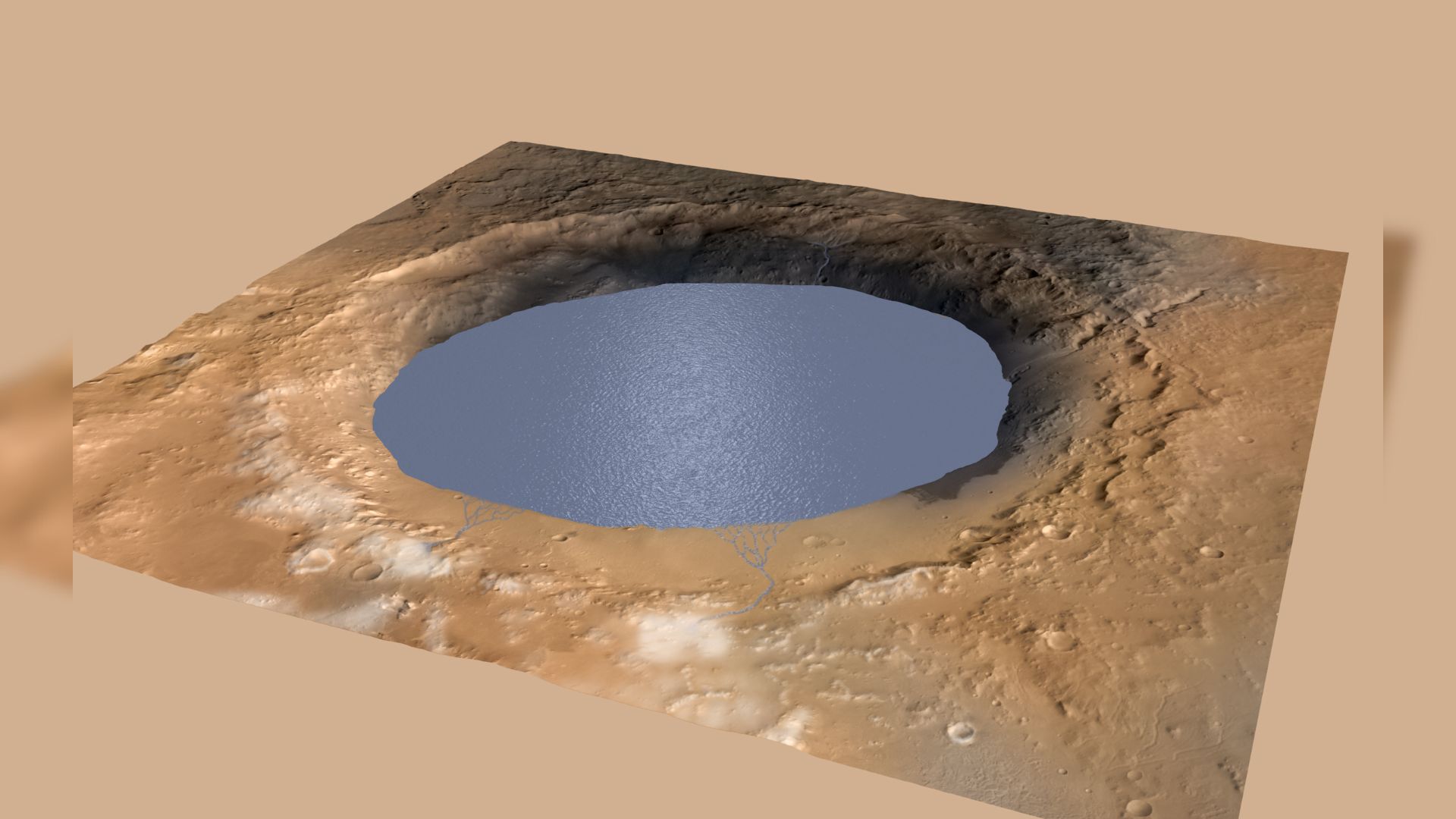China's new wide-field survey telescope scopes out Andromeda galaxy
WFST will survey the skies for fleeting astronomical phenomena and near-Earth objects.

China has a new wide-field telescope up and running.
The Wide Field Survey Telescope (WFST), which measures 8.2 feet (2.5 meters) in diameter and is situated in the mountains of northwest China's Qinghai province, entered into operation on Sunday (Sept. 17). And for its debut image release, the facility delivered a stunning wide-field, high resolution portrait of our neighboring galaxy, Andromeda.
WFST was jointly developed by the University of Science and Technology of China and the Purple Mountain Observatory (PMO) under the Chinese Academy of Sciences (CAS).
The telescope is now the largest time-domain survey facility in the Northern Hemisphere, according to the CAS. It features 9k x 9k mosaic CCD (charge-coupled device) detectors, meaning it has a resolution of 9,000 pixels in both horizontal and vertical axes, allowing it to capture exceptionally detailed astronomical images.
Related: Stunning image of Andromeda galaxy takes top astronomy photography prize of 2023 (gallery)
WFST will monitor specific areas of the sky over a period of time with the aim of picking out transient astronomical events such as supernovas, tidal disruption events and multi-messenger events. It is also nicknamed Mozi, or Micius, after an ancient Chinese philosopher who engaged in early optical experiments.
WFST marks a big step forward for Chinese astronomy. It will greatly improve China's near-Earth object monitoring and early warning capabilities, said Kong Xu, the project's chief designer at the University of Science and Technology of China, CCTV+ reported.
Breaking space news, the latest updates on rocket launches, skywatching events and more!
"Its lens barrel is relatively long, which reduces stray light," said Zheng Xianzhong, a researcher at PMO. "Its primary camera has a smaller light-blocking area, resulting in higher sensitivity compared to telescopes of the same aperture."
Zheng added that the telescope marked a breakthrough in domestic innovation and is comparable to the most advanced international observation equipment.
Construction of WFST began in July 2019 near Lenghu Town on a plateau with an average elevation of 13,120 ft. (4,000 meters) above sea level. The site offers clear night skies, stable atmospheric conditions, dry climate, and low artificial light pollution, according to CCTV+.

Andrew is a freelance space journalist with a focus on reporting on China's rapidly growing space sector. He began writing for Space.com in 2019 and writes for SpaceNews, IEEE Spectrum, National Geographic, Sky & Telescope, New Scientist and others. Andrew first caught the space bug when, as a youngster, he saw Voyager images of other worlds in our solar system for the first time. Away from space, Andrew enjoys trail running in the forests of Finland. You can follow him on Twitter @AJ_FI.
